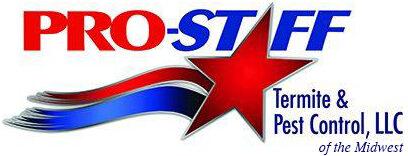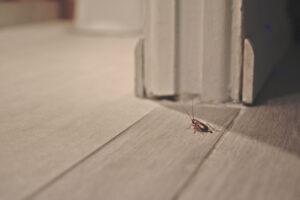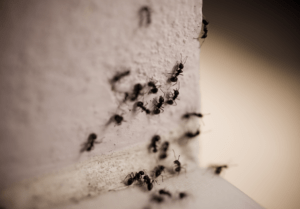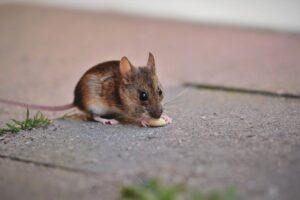While hornets and yellowjackets are both types of wasps known for their painful stings and aggressive behavior, they have distinct differences that can help you tell them apart. With the weather warming up, you may start to see more of these stinging pests around your home or yard. Knowing how to identify them can help you take the right steps to prevent an infestation. Read on to learn about the differences between hornets and yellowjackets.
Appearance
The easiest way to distinguish between hornets and yellowjackets is by their appearance. Yellowjackets are typically smaller, measuring about 1/2 inch to 1 inch in length. They have a bright yellow and black banded pattern, which gives them their name and highly recognizable look.
Hornets are larger, measuring from 1 inch to 1 1/2 inches long. Their coloring tends to be more muted; usually a mix of brownish-yellow or muted orange with black. While both insects have black markings, hornets usually have a mostly black thorax and striped abdomens, whereas yellowjackets are much more vibrant with black bands across their entire body.
Nesting Behavior
Hornets build large, enclosed nests above ground. Some species, like the bald-faced hornet, prefer nesting spots high up in tree branches and shrubs. Others, like the European hornet, may build nests in tree hollows, attics, roof overhangs and wall voids.
Yellow jackets can nest both above and below ground. Underground nests are commonly found in abandoned rodent burrows, tree stumps and hollow logs, while above-ground nests may be seen in trees, eaves, attics or wall voids.
Both hornets and yellowjackets chew wood fibers into a paper-like pulp to create their nests. Yellowjacket nests are generally smaller, reaching up to 6-8 inches in diameter. They have a grayish-brown color with a wavy texture and a single opening for them to enter. Hornet nests are much larger, sometimes reaching the size of a basketball. These nests tend to be football-shaped, narrowing out at the top and bottom, with a single entrance near the bottom.
Agression
While both are capable of stinging multiple times, yellowjackets are considered much more aggressive than hornets. They’re quick to attack when disturbed or threatened and are even known to sting when unprovoked. Hornets, while still territorial, are generally less aggressive than yellowjackets but will fiercely protect their nests if they sense a threat. Due to their aggressive nature and tendency to sting repeatedly, trying to remove a nest on your own is never a good idea. Their bites are extremely painful and can lead to other issues like allergic reactions and severe swelling. It’s always best to call a professional pest control team, as they’re equipped to handle removing a wasp nest safely.
Tips for Preventing an Infestation
Preventing wasps from building a nest in or near your home starts with knowing what attracts them. Like any pest, hornets and yellowjackets are attracted to areas where there are food sources. Specifically, they like sugary things like fruit, sweet beverages and sticky liquids. They’re also known to scavenge near trash cans and leftover food scraps. It’s worth noting that they’re attracted to flowers for their nectar, so a garden in bloom can be a hotspot for wasp activity. To prevent an infestation:
- Eliminate food sources.
- Keep your yard well-maintained.
- Seal entry points around your home.
- Schedule regular pest control inspections.
Even with the best prevention practices, these stinging pests can still find their way into your home or yard. If you find a wasp nest, don’t try to remove it yourself. Call your trusted Omaha pest control home team here at Pro-Staff for safe removal and long-term prevention. Get a free quote today.




